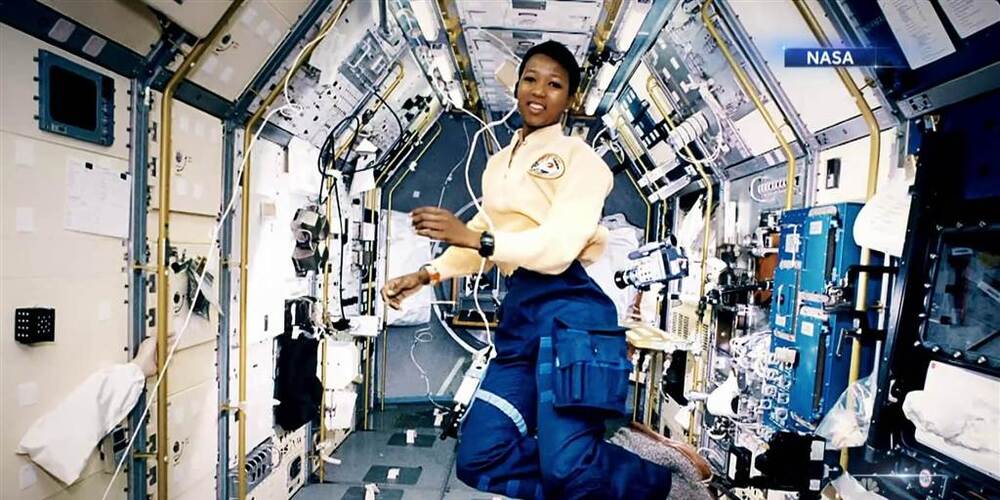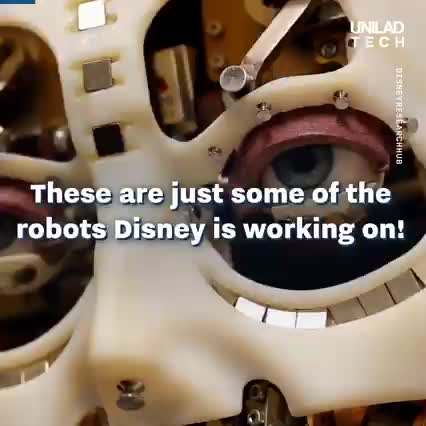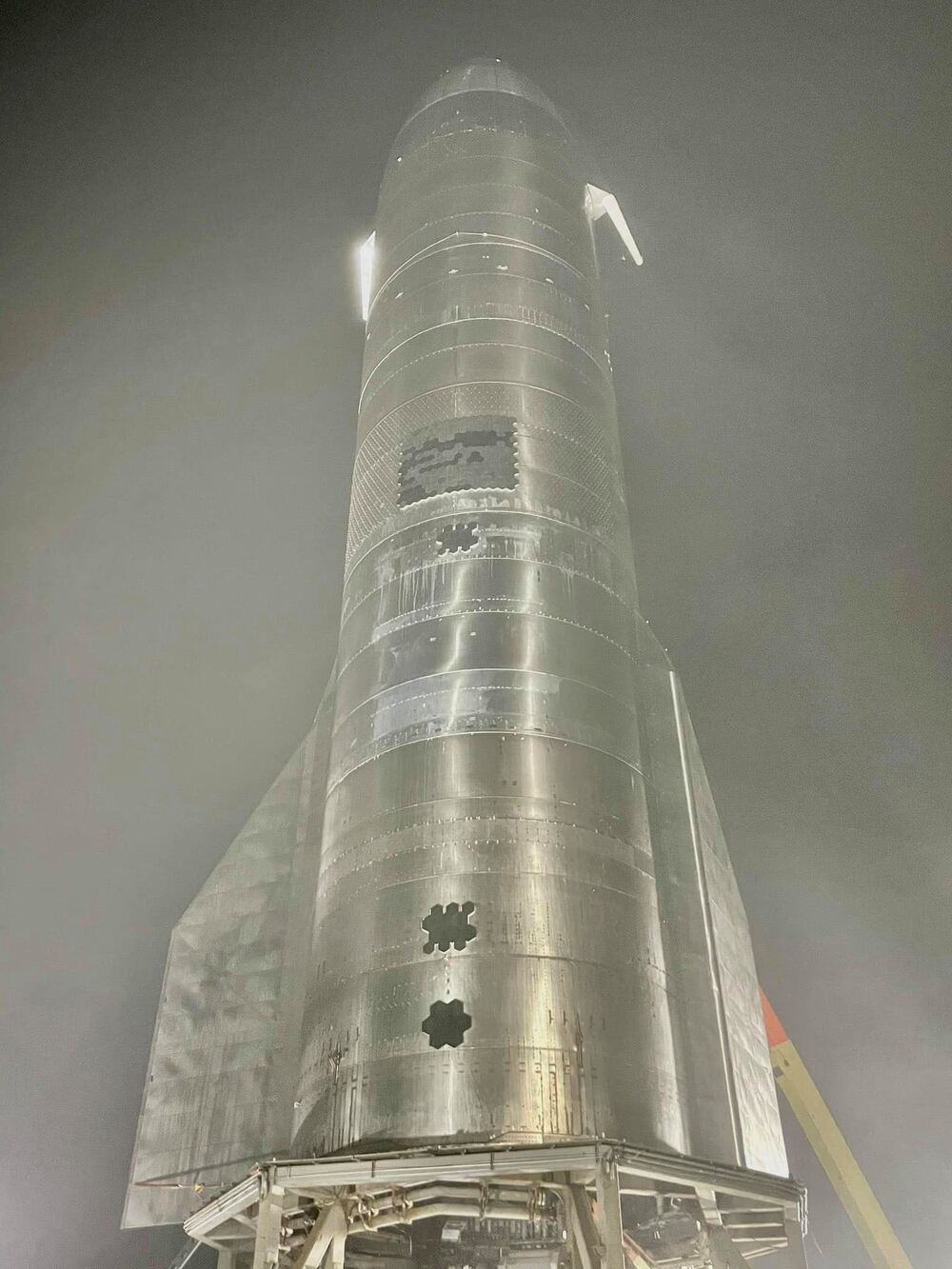The mini electric vehicle being made by China’s biggest carmaker is now outselling Tesla two to one.
To feed 10 billion by 2050, the world’s farmers will need to increase food production by up to 70%. Bring in the robots.
British start-up company Gravitricity has developed a system to store excess energy by using the power of gravity.
If you like this video — put Thumb Up button (please) and.
Okay, okay. I got to go… See You Soooooooooooooooon dudes wink
The Hungarian chemist Katalin Karikó is being talked about for the Nobel Prize through her work on the mRNA COVID-19 Vaccine.
Bitcoin mining is mainly driven by renewable energy — hydro (by far the largest component), solar, wind and geothermal. Period.
In fact, we’ve estimated the lower bound of renewables penetration in the bitcoin mining energy mix to be 77.6%.
From 2018, but it’s likely gotten better since then.
Addressing the dangers of lazy crypto industry research, and aiming to debunk the negative narrative that bitcoin detractors are attempting to create.
Dr. Mae Jemison, the first Black woman to travel into space, talks to aspiring scientist, speaker and activist Taylor Richardson about the history of Black women in STEM and the importance of inspiring the next generation.
Disney Build Robots
Posted in robotics/AI
Another robot that cleans trash from bodies of water.
Self-charging, self-navigating and solar-powered! ClearBot was created by Hong Kong engineers as a cheap and effective tool for cleaning up ocean plastic. It det… See More.









